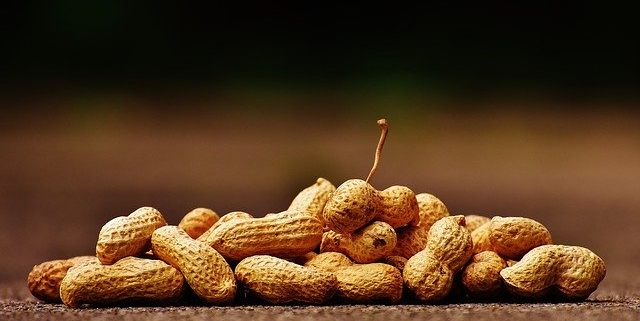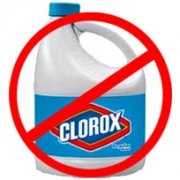Aflatoxins in our Peanut Butter
Summary
The post by Dr. B.J. Hardick, Aflatoxins: Poisons Hiding in Plain Sight caught my eye. I practically raised my two children on peanut butter and jelly sandwiches for their school lunches. WOW! Where was this information back then? And now that I have grand kids, I am even more concerned. I’m guessing that most parents and grandparents think peanut butter is a good protein substitute. But, not always, according to Dr. Hardick’s concerns. The can be danger lurking in your child’s PBJ – Aflatoxins in our peanut butter!
Dr. Hardick’s Bold Statements
“There’s a good chance these toxins are lurking in your child’s lunchbox—and they are some of the most poisonous natural compounds known to humankind…the deadly mycotoxin called Aflatoxin is disturbingly common in our foods today.”
The strength of the Aflatoxin blow depends on factors such usage, level and duration of exposure, immune status and overall health. It also depends on the species of the mold producing the mycotoxin. Aflatoxin B1 is considered the most toxic, and affects nearly every system of the body. The effects of this poison are a greater problem in developing nations. But to be sure, we have significant concerns in the U.S.
Aflatoxins Are Everywhere
Aflatoxins are poisonous compounds produced by certain strains of the fungi that grow when temperature and humidity conditions are favorable. The highest levels are typically found in foods from warmer regions with greater climate changes. However, Aflatoxin-producing molds can grow under a broad-range of moisture and temperature conditions.
Aflatoxins are found in a variety of foods, especially corn and corn products, peanuts and peanut products, cottonseed, milk, and tree nuts (Brazil nuts, pecans, pistachio nuts, and walnuts). Other grains and nuts are susceptible but less prone to contamination. Even more concerning, high temperatures (cooking and canning) do not always destroy them.
Note: The USFDA’s BAD BUG BOOK was updated in 2017 (free download)
Therefore, the toxins are present in both raw foods and in processed foods as well — the most notable example being peanut butter. In fact, peanuts may be one of mold’s best friends! Please note – all toxins add to your overall toxin burden, which means even a small amount may have a cumulative effect on you and your pets.
Regulators Do NOT Require Foods to Be Aflatoxin-Free
While there is some governmental inspection, the food industry is largely responsible for monitoring Aflatoxin contamination. In fact, the FDA allows much higher levels of Aflatoxins in animal feed. With no oversight, the levels may be even higher. Milk, anyone?
Twelve Tips for Reducing Your Aflatoxin Exposure
- Look for peanut butter made from organic Valencia peanuts (grown in New Mexico where mold levels are lower). Avoid combinations with peanuts from other regions.=
- Whole Foods advertises its 365 Organic Everyday Value Peanut Butter’s Aflatoxin levels to be between zero and 10 parts per billion, verified by testing.
- Always store your peanut butter in the refrigerator.
- If you grind your own, wash your grinder thoroughly.
- In general, whole nuts tend to be less contaminated than nut pieces or butters.
- If your nuts taste sour, bitter or otherwise funky, toss them out.
- Eat your peanut butter sandwich with a salad. The chlorophyll in the greens seems to defend against the poisen.
- Eat healthy to keep your immunity high.
- Try a charcoal supplement if you feel you need to detox.
For these and other suggestions, as well as additional background information, read the original article, click here. This website will also provide you with sources of information and research for the article by Dr. B.J. Hardick. Dr. Hardick is the co-author of Maximized Living Nutrition Plans, and contributing author of The Cancer Killers: The Cause is the Cure. www.DrHardick.com
Disclaimer: This article is not intended to provide medical advice, diagnosis or treatment. Views expressed here do not necessarily reflect those of Mold-Help.org or GreenMedInfo or its staff.

 Image by
Image by 





